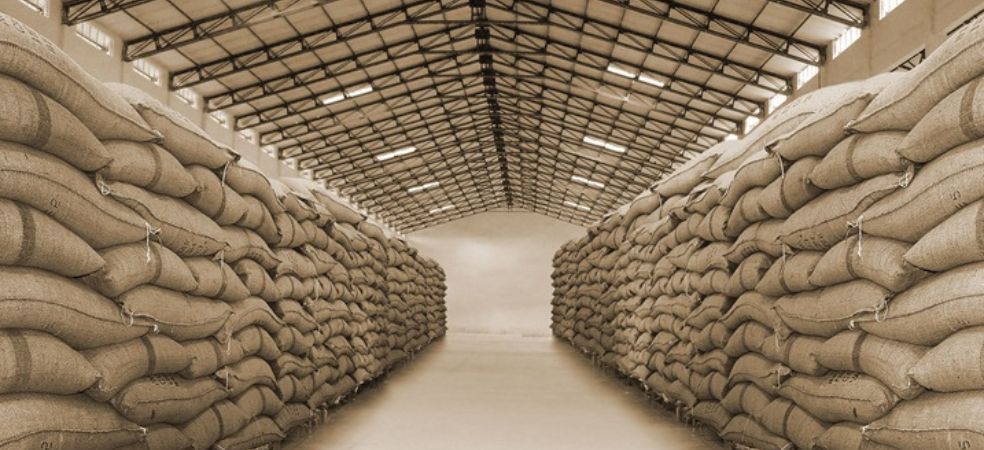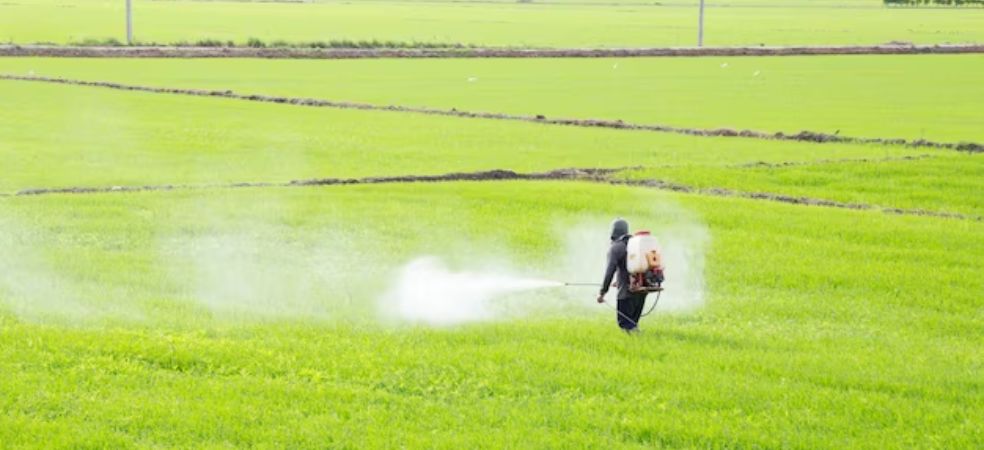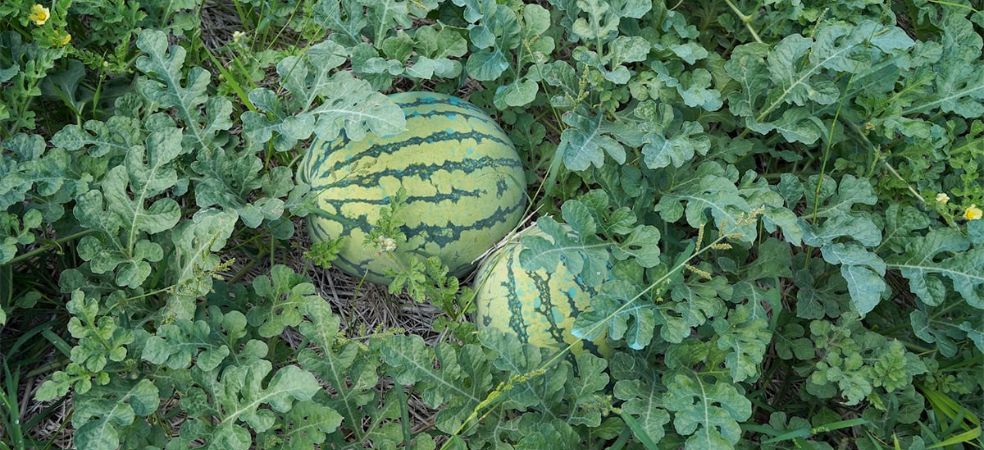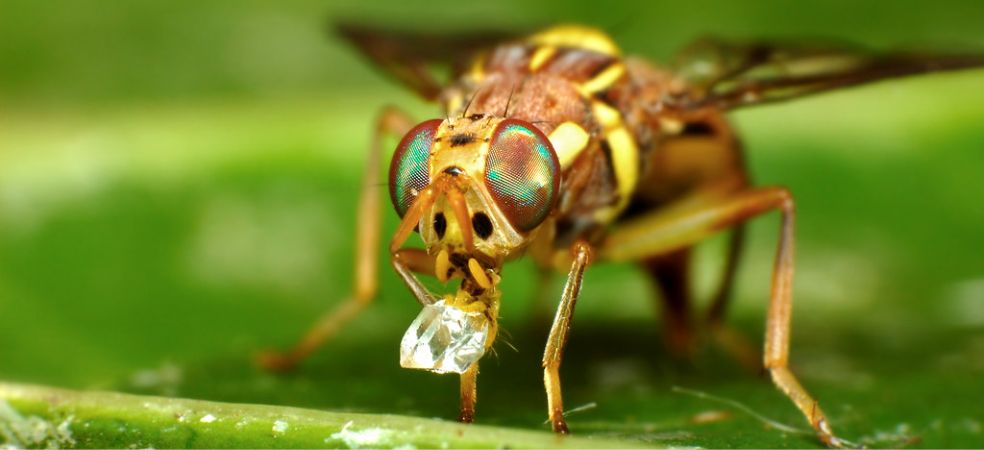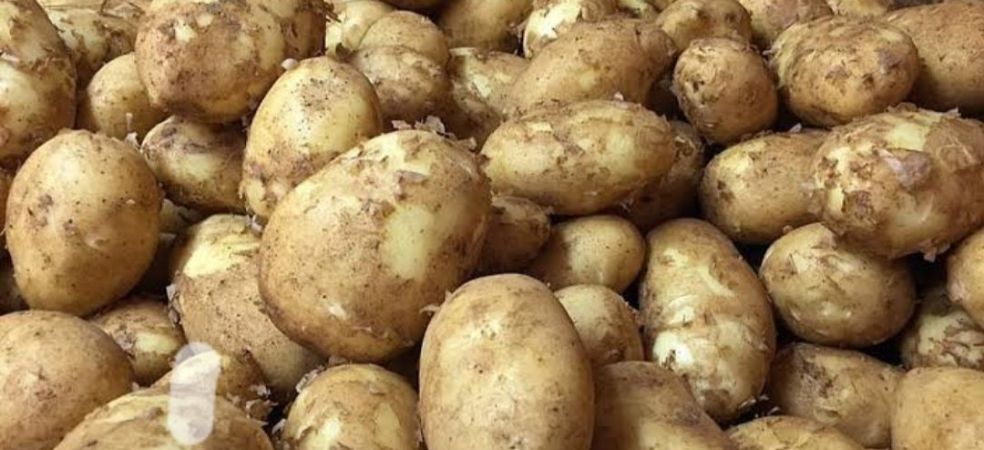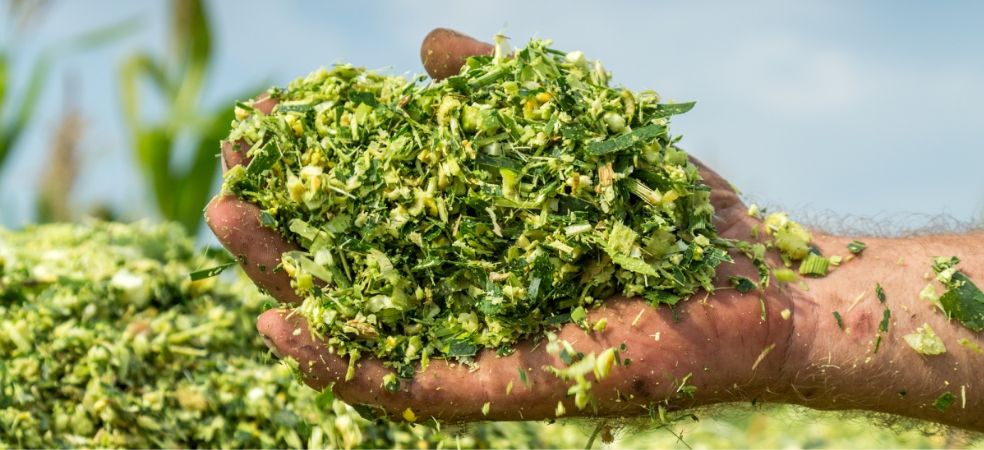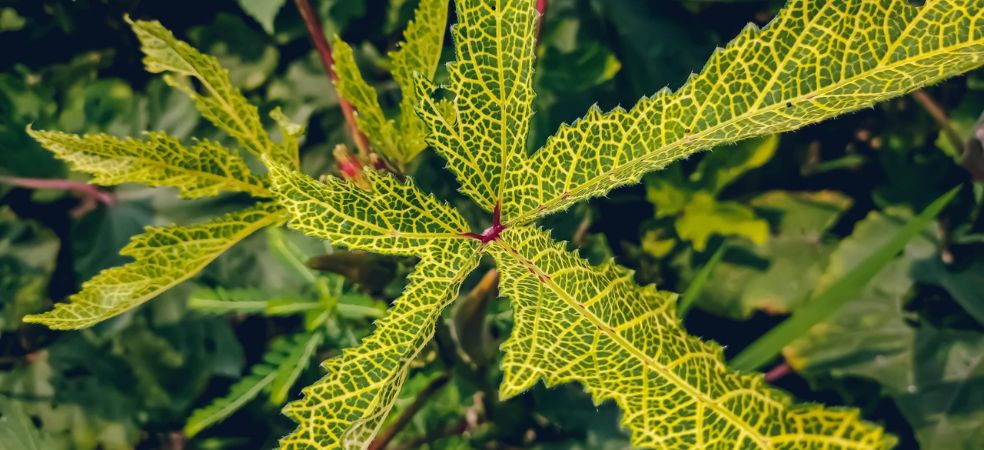-
Wheat crops are being harvested continuously at this time.
-
In the meantime farmers store their wheat crop in the storage shed instead of selling in the market.
-
The biggest problem in wheat storage is that of the mice.
-
To avoid this, it is very important to keep the following things in mind before storage.
-
Clean the store before keeping the wheat crop in the storage
-
If there is already an infestation of mice in the store, it is crucial to de-infest the place before storing.
-
If there is an attack of mice after wheat storage, then mice can be controlled by mixing medicine in flour or gram flour.
Symptoms and control measure of stem gall disease in coriander
Coriander is a multi-useful spice crop. Coriander leaves and seeds are both useful. Stem gall disease is very harmful in coriander crops, this disease is caused by a fungus called Protomyces macrosporus.
Symptoms of Stem gall Disease: Galls appear on the leaves and stems of plants affected by this disease. Even before flowering, the pathogenic fungus attacks the soft branches and twists their top part. Also, the infected part swells, as well as small tumour-like swellings appear on the stem near the ground. Initially, it appears shiny but later splits and becomes hard, and in advanced infection, these pustules (swellings) are also formed on the upper part of the stem. When the attack occurs in the inflorescence, seed production is reduced.
Control: To reduce stem gall disease, maintain optimum moisture, and destroy diseased crop residue by burning. treat the seed with Bavistin (Carbendazim 50% WP) @ 2 g/kg before sowing. If symptoms appear in standing crops, spray Novacone (Hexaconazole 5% SC) @ 400 ml/acre with Monas Curb (Pseudomonas fluorescens) @ 250 g/acre in 150 to 200 litres of water.
ShareFor such important information related to the agriculture sector and farmers, do read Gramophone’s articles daily. If you liked today’s information then don’t forget to share it with friends.
Symptoms and control measures of cutworm in potato crop
Cutworm is a major pest of potatoes, it can cause 12-40% damage to the potato crops.
Symptoms: In this pest, only the caterpillar does the damage, in the early stage of the crop, the caterpillar eats the stalk, stem and branches of the young plant, often this caterpillar comes out during the night, and eats young plants by cutting them from the stem as well as it bored into the underground tubers as a result of this, the yield decreases, and the potato price is less in the market.
Control Measures: To control this pest, spray Tricel (Chlorpyriphos 20 EC) @ 1 litre per acre as soon as the infestation is observed.
ShareFor such important information related to the agriculture sector and farmers, do read Gramophone’s articles daily. If you liked today’s information then don’t forget to share it with friends.
Pre-emergence weed management in summer paddy!
In addition to diseases and pests in paddy crops, weeds also cause a lot of damage, so it is very important to destroy weeds on time, as various pests are also attracted due to weeds in paddy crops.
Pre-emergence weed management in paddy should be done 0 to 3 days after transplanting and before weed germination. Racer (Pretilachlor 50% EC) @ 400 ml mixed with 40 kg of sand evenly in the field to prevent weed establishment 0-3 days after transplanting in paddy crop, and at the time of broadcasting maintain 4-5 cm water level in the field. Pretilachlor is a broad spectrum, selective and pre-emergence herbicide, which controls almost all weeds (grasses and broadleaf weeds).
ShareFor such important information related to the agriculture sector and farmers, do read Gramophone’s articles daily. If you liked today’s information then don’t forget to share it with friends.
Importance of Boron in crops and deficiency symptoms in watermelon
Importance of Boron in crops: It Stabilises plant tissues and improves crop vigour. Boron works with calcium and also helps in increasing the quality of the crop. Along with this, Boron has a major contribution to making flowers and fruits in crops. It plays a major role in preventing flower and fruit drops and in increasing the size and quality of fruits.
Deficiency Symptoms: The younger leaves of the plant are smaller than normal and may be curled. Yellowing proceeds from the marginal area between the veins towards the centre. The youngest leaves show necrotic tips. Growing points dieback and flowering and fruit set are poor. Also, flexibility is necessary for the proper development of fruit but due to the deficiency of Boron, there is hardness in the fruit skin and due to this these cracks appear on the fruits.
ShareFor such important information related to the agriculture sector and farmers, do read Gramophone’s articles daily. If you liked today’s information then don’t forget to share it with friends.
Damage and control measure of fruit fly in watermelon
The attack of fruit flies is serious in watermelon crops, The adult fly lays eggs in flowers or directly on fruits. and after hatching the larvae bore holes in the fruit and eat the fruit from inside, which can cause heavy rotting inside the pulp. Also, small spots are formed on the skin of the fruit where the eggs are laid, and the damage caused by this makes the fruit more susceptible to fungal and bacterial infections. Due to this, there is a reduction in production and the quality of the fruit is also affected.
Control: For control and monitoring of fruit flies, apply Melon fly lure @ 10 traps per acre in the field under IPM. And spray Neemgold (Azadirachtin 0.3% EC) @ 1600 ml per acre in 150-200 litres of water.
ShareFor such important information related to the agriculture sector and farmers, do read Gramophone’s articles daily. If you liked today’s information then don’t forget to share.
Which vegetable cultivation will give good profit in which month?
-
Timely sowing is a good option for the farmers to get better production of every crop. On the contrary, if any crop is sown after choosing the time, then the production is very less. As a result, the income of the farmers decreases.
-
Monthly vegetable cultivation has always been a profitable deal for the farmers. Farmers can get good benefits by cultivating these vegetables in the following months –
-
January- Carrot, Radish, Spinach, Brinjal, Watermelon etc.
-
February- Cucurbits, watermelon, spinach, cauliflower etc.
-
March – Cluster bean, bitter gourd, pumpkin, ash gourd, watermelon, okra etc.
-
April – Radish, spinach, coriander etc.
-
May- Brinjal, onion, radish, chilli, coriander etc.
-
June – Cucumber, beans, okra, tomato, onion etc.
-
July – Amaranthus, cowpea, okra, cucurbits etc.
-
August- Tomato, cauliflower, cabbage etc.
-
September – Turnip, potato, tomato, coriander etc.
-
October- Cowpea, peas, green onions, garlic, potato, coriander etc.
-
November – Beetroot, capsicum, garlic, peas, okra etc.
-
December- Radish, spinach, cabbage, brinjal, onion etc.
ShareWith the sowing of the crop, connect your farm with the My Farm section of Gramophone app and keep on getting the exact advice and solutions related to smart agriculture throughout the crop cycle. Share this article with your friends with the share button below.
Keep these precautions at the time of storage in potato crop
-
After digging potatoes, the most important work for it is storage. Potatoes can be protected from spoilage for many months if stored properly. Following are the things to keep in mind while storing potatoes –
-
The temperature of 2 to 4 degrees centigrade is suitable for storing potatoes for a long time.
-
Potatoes should not be stored in the refrigerator. This adversely affects the taste of potatoes.
-
Always store potatoes in a well-ventilated place.
-
The storehouse should be completely dry. If there is moisture in it, potato storage and its safety are adversely affected.
-
If you are storing potatoes in a box, keep a newspaper between each layer of potatoes.
-
Periodically inspect the storehouse.
-
Do not clean the potatoes with water before storing them. This increases moisture in the potato and reduces storage.
-
If the potatoes appear green, brown, shrivelled and have an odour, then take out such potatoes. Also, separate the sprouted potatoes as well.
ShareKeep reading the articles on Gramophone for important information related to agriculture. Also, share this article with your friends using the share button below.
Know the method of making Silage
-
To make grain crops such as maize, sorghum, bajra, oats, etc., when crops have a milking stage, cut them into small pieces 2-5 cm.
-
The pieces of chopped green fodder should be spread on the ground for a few hours so that some amount of excess water will blow away.
-
Now put the chopped fodder in the pre-prepared silo pit or silage pits.
-
Fill the cutting pieces in the pit by pressing it with feet or a tractor, so that the air between the feed comes out.
-
After filling the pit, add thick polythene and seal it well.
-
After this, apply a layer of soil about one foot thick from the top of the polythene cover so that air cannot enter.
-
Starts making silage from pieces of green fodder, because in the silo pit there is no air and water, the pressed fodder creates lactic acid, which does not spoil the silage for a long time.
-
Open the pits as per the requirement of fodder for at least 45 days for feeding the animals.
ShareFor such important information related to the agriculture sector and farmers, do read Gramophone’s articles daily. If you liked today’s information then don’t forget to share it with your friends.
Symptoms and control of yellow vein mosaic virus in okra crop
It is a viral disease which spreads further due to the sucking insect present in the crop.
Symptoms: In the early stages of the disease, the veins of affected plant leaves turn yellow, but as the disease incidence increases or in the later stages of the disease, this yellowness spreads over the entire leaf and as a result, the leaves start to curl and shrink, and the growth of the plant stops. The fruits of the affected plant become pale yellow, deformed and hard.
Control: This disease is mainly spread by white flies, for its control spraying of Novaceta (Acetamiprid 20% SP) @ 30 gm per acre or Pager (Diphenthiuron 50% WP) @ 240 gm/acre in 150 to 200 litres of water.
ShareFor such important information related to the agriculture sector and farmers, do read Gramophone’s articles daily. If you liked today’s information then don’t forget to share it with your friends.

